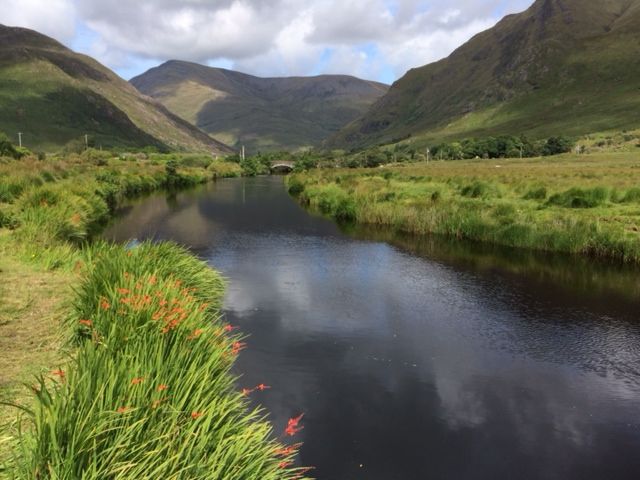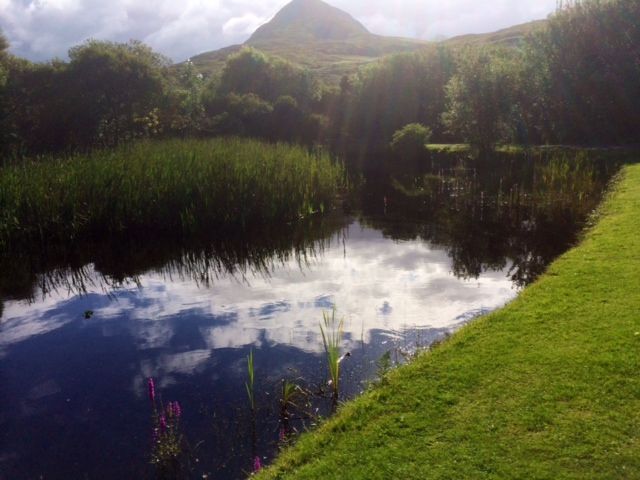
Extending for some 3,000 ha on the south-western side of the Twelve Bens lies Connemara National Park. It is one of six National Parks established in Ireland to bring large tracts of special landscapes into public ownership, to preserve large expanses of semi-natural habitats and to provide visitor facilities for people to explore and experience these special landscapes at first hand. Connemara National Park is primarily a large expanse of blanket bog, including some of the highest peaks of the Twelve Bens.
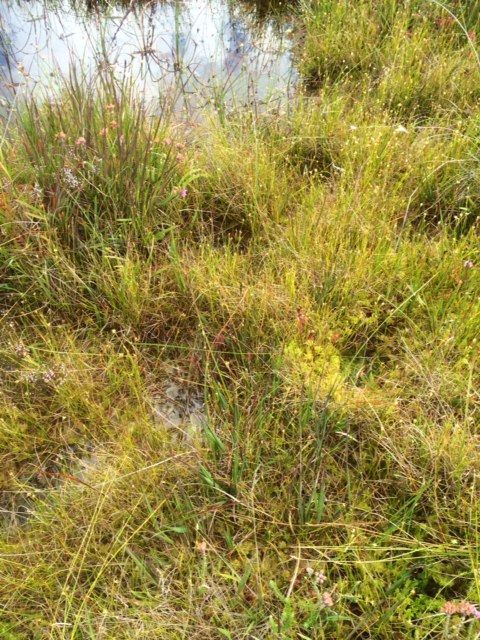
National Parks are important components of our heritage infrastructure as they encourage visitors to come and learn about the Parks by viewing exhibits and films, joining in educational programmes and getting out to walk through these special habitats. The series of tracks at Connemara National Park have proven very successful, so successful in fact that the path up Diamond Hill caused serious erosion, and specially constructed paths were built to accommodate more visitors.
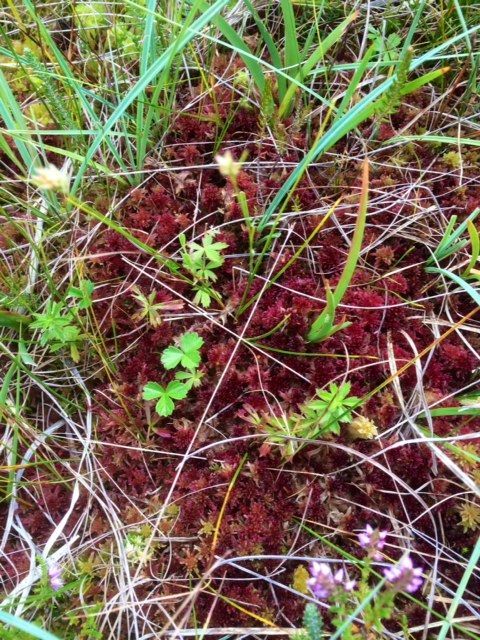
A key issue for the National Park is controlled grazing. Sheep do not graze the lands of the Park, not because grazing is inherently harmful, but because there is practically nowhere else in Connemara where peatland vegetation grows, untrammelled by grazing. And the decision to remove sheep from the Park has been very successful, with Red Grouse doing well here, but poorly elsewhere in Connemara. Also, the Park is experimenting with using rare breeds of cattle, such as Black Galloway and the native Irish Moiled Cattle, to improve the habitat quality of some of the ‘green lands’ of the Park, while also having the animals as visitor attractions in their own right.
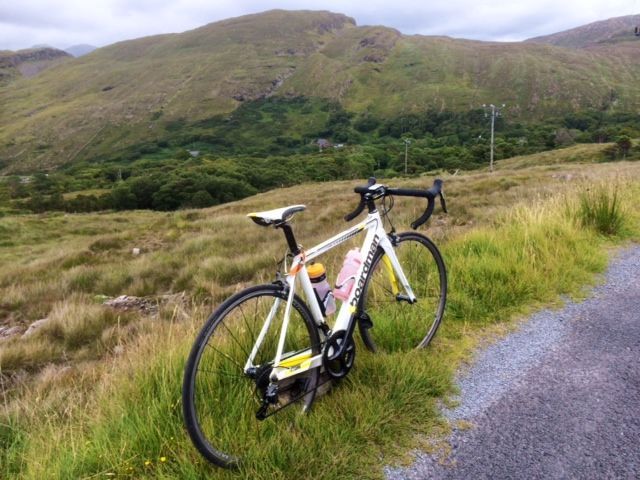
For a long time the Park had a fraught relationship with the local community, but in recent years all this has changed. Since Ger O’Donnell has taken over as manager of the Park, his vision and pragmatism has resulted in the local community seeing the Park as a resource that they can use and benefit from; this change is very welcome. When I worked here, the Park was not a happy place, but under Ger’s stewardship, I sense this has changed.
From the National Park I took the coastal road around Lettergesh and onto Killary Harbour. Killary is a fjord, and all this country displays evidence of glacial activity, where the valleys have been scoured by the action of ice-sheet during the last glaciation.
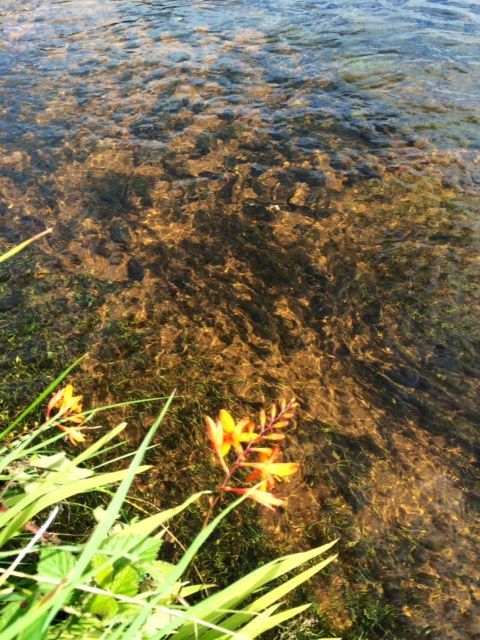
I spent some time looking for Freshwater Pearl Mussel in this area, and managed to locate what is, I’m told, probably the healthiest population in the country. Freshwater Pearl Mussel are Ireland’s longest-living animals, and can live up to 150 years. They live in river beds of only the cleanest, most unpolluted waters and sadly, have suffered badly in recent decades. So while the animals themselves can be found in many parts of the country, conditions are not suitable for them to breed; consequently most population consists entirely of old animals, just lingering on. But one of the rivers here has extensive beds of healthy mussels; large mussels as long as my hand, and all different sizes down to the smallest, indicating that the population in healthy. Seeing the healthy dark mussel beds in the river was a special treat for me, as it is humbling to think that many of these Freshwater Pearl Mussels are older than the Irish State. I probably should have included Freshwater Pearl Mussel on my 10 species wish list.
The road along the Doolough Valley brought me through a spectacular glaciated landscape, a reminder of our geological past, and the profound influence the events of 10,000 years ago still have on the Irish landscape.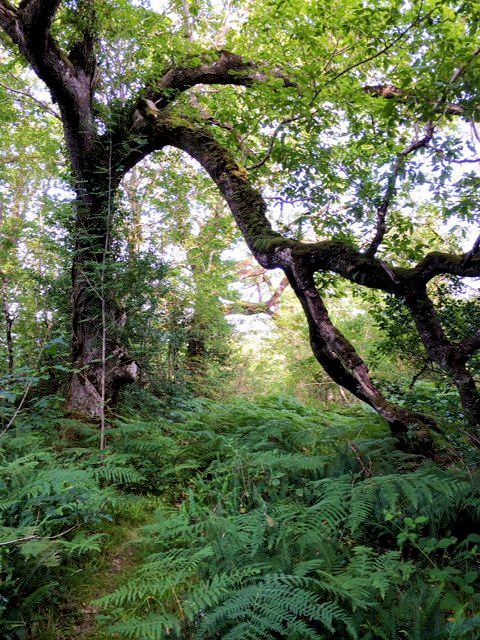 And at one special site near Westport, at Brackloon, it is incredible that palaeontologists and ecologists have been able to piece together a continuous record of the native woodland here since the end of the last glaciation.
And at one special site near Westport, at Brackloon, it is incredible that palaeontologists and ecologists have been able to piece together a continuous record of the native woodland here since the end of the last glaciation.
Brackloon Wood is one of Ireland’s best researched woodlands and the management of this ancient woodland has formed the template for the roll out of the Native Woodland Scheme, an initiative to improve the conservation of native woodlands in Ireland. Given the historical importance of native woodlands in the Irish landscape, and the fact that only about 25,000 ha remains, it is extraordinary that only 5,000 ha is currently subject to active conservation management.
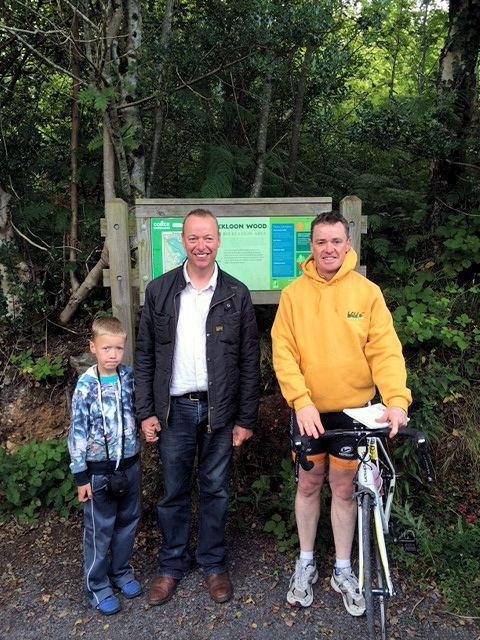
Declan Little, who studied here at Brackloon Wood is the main champion of native woodlands in Ireland. He works for Woodlands of Ireland, a collaborative initiative that promotes the conservation of Ireland’s native woodlands, and he is acutely aware of the value of this habitat. He argues passionately of trying to create 100,000 ha of native woodland in Ireland; this he believes would make an extremely positive contribution to improving native biodiversity and water quality, assist climate change mitigation measures, provide an important recreational and timber resource. Walking through the wonderfully diverse woodlands at Brackloon, you couldn’t but be convinced that he is right.

